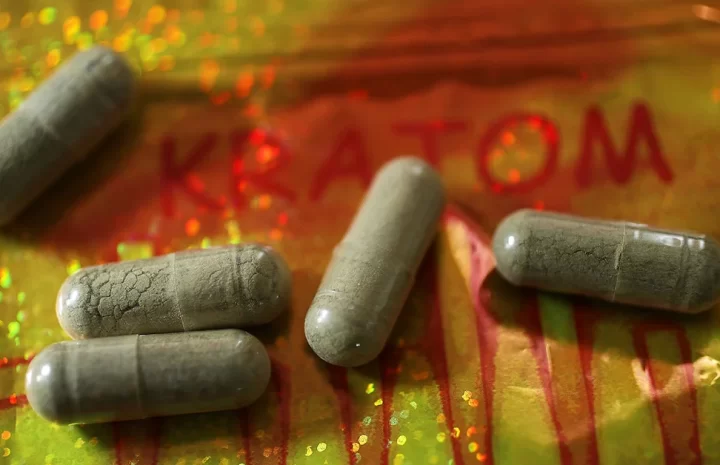Kratom has emerged as a controversial botanical substance, garnering attention for its purported pain-relieving properties. Derived from the leaves of the Mitragyna speciosa tree native to Southeast Asia, different kratom strains have been traditionally used for their stimulant and analgesic effects. However, its legality and safety remain subjects of debate, prompting scrutiny from regulatory agencies and health experts alike.
One of the most prominent claims surrounding Kratom is its potential to alleviate pain. Advocates suggest that its active compounds, mitragynine, and 7-hydroxy mitragynine, interact with opioid receptors in the brain, thereby mitigating pain sensations. Additionally, kratom strains are believed to exert effects on other neurotransmitter systems, including serotonin and dopamine, which may further modulate pain perception.
Despite these proposed mechanisms, the evidence supporting Kratom’s efficacy in pain management is limited and primarily anecdotal. While some users report significant relief from chronic pain conditions such as arthritis, fibromyalgia, and back pain, scientific research on Kratom’s analgesic properties is scarce and inconclusive. Moreover, the variability in Kratom strains, dosages, and individual responses complicates efforts to establish its standardized therapeutic use.
Critics raise concerns about the potential risks associated with Kratom consumption, including addiction, dependence, and adverse side effects. Like opioids, Kratom can induce tolerance and withdrawal symptoms with prolonged use, leading to the potential for substance abuse and addiction. Moreover, its psychoactive properties may contribute to cognitive impairment, respiratory depression, and gastrointestinal distress, posing serious health risks, particularly when consumed in high doses or in combination with other substances.
Regulatory authorities have taken notice of Kratom’s growing popularity and associated health risks. While Kratom remains legal in many jurisdictions, several countries and U.S. states have imposed restrictions or outright bans on its sale and use. The U.S. Food and Drug Administration (FDA) has issued warnings about Kratom products contaminated with harmful substances, underscoring the need for quality control and regulation within the industry.
The question of whether Kratom can effectively alleviate pain remains unresolved. While anecdotal accounts suggest its potential utility as an analgesic, the lack of robust scientific evidence and concerns regarding safety and regulation warrant caution. Individuals considering Kratom for pain management should consult healthcare professionals and weigh the potential benefits against the risks before making informed decisions. Further research is needed to elucidate Kratom’s therapeutic potential and ensure its safe and responsible use in the treatment of pain.
